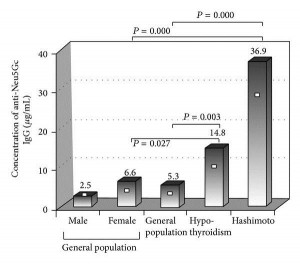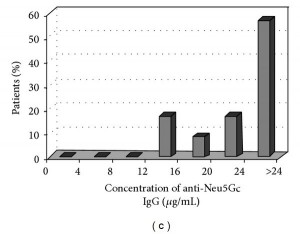Phoenix Helix, the blog and podcast of Eileen Laird, is one of the very best blogs in the “autoimmune Paleo” community. Eileen has rheumatoid arthritis and she straddles the autoimmune and ancestral worlds.
Especially since I’ve just done a few autoimmune-related posts, it was an opportune time and a great pleasure to converse with Eileen on Episode 12 of her podcast. Here it is.















Recent Comments